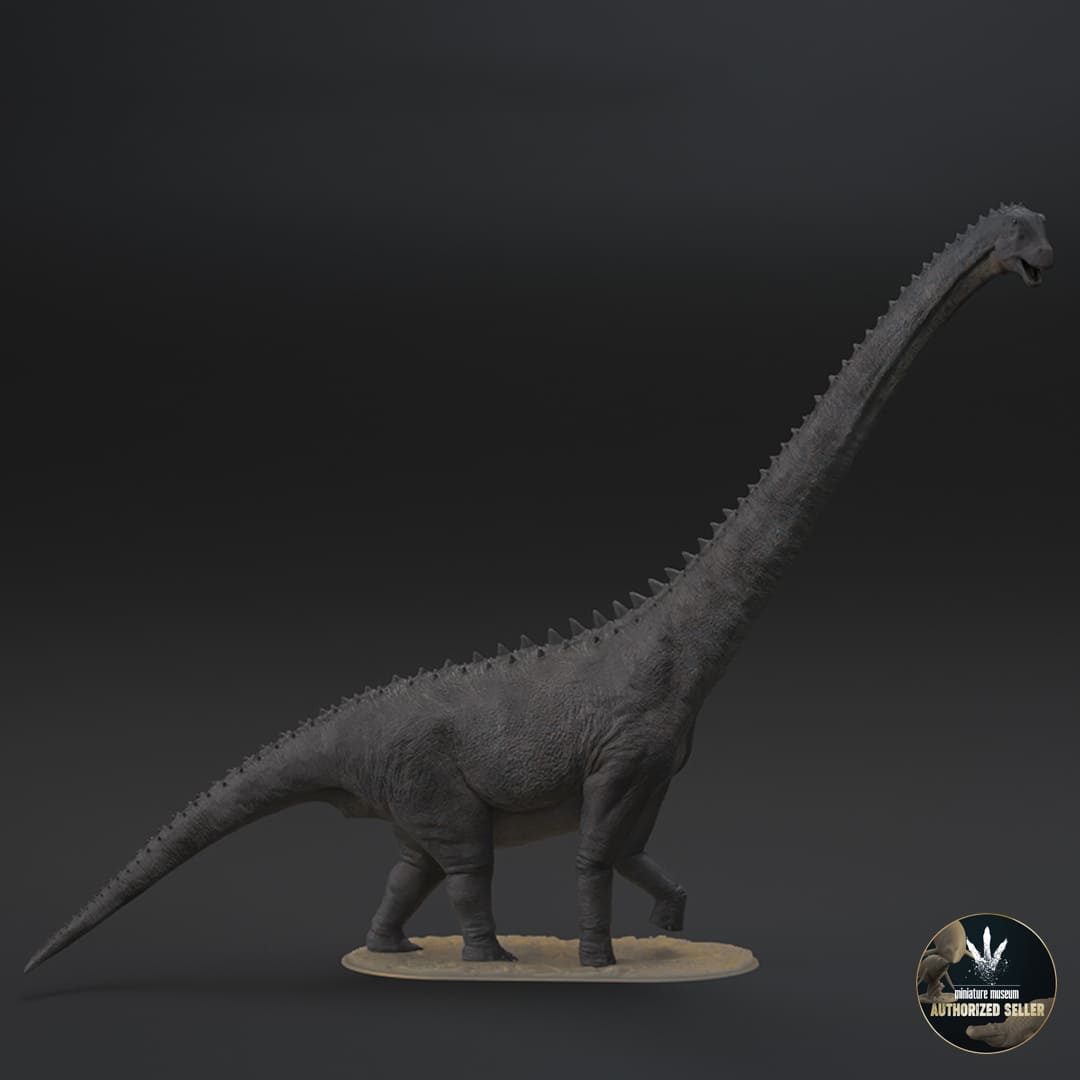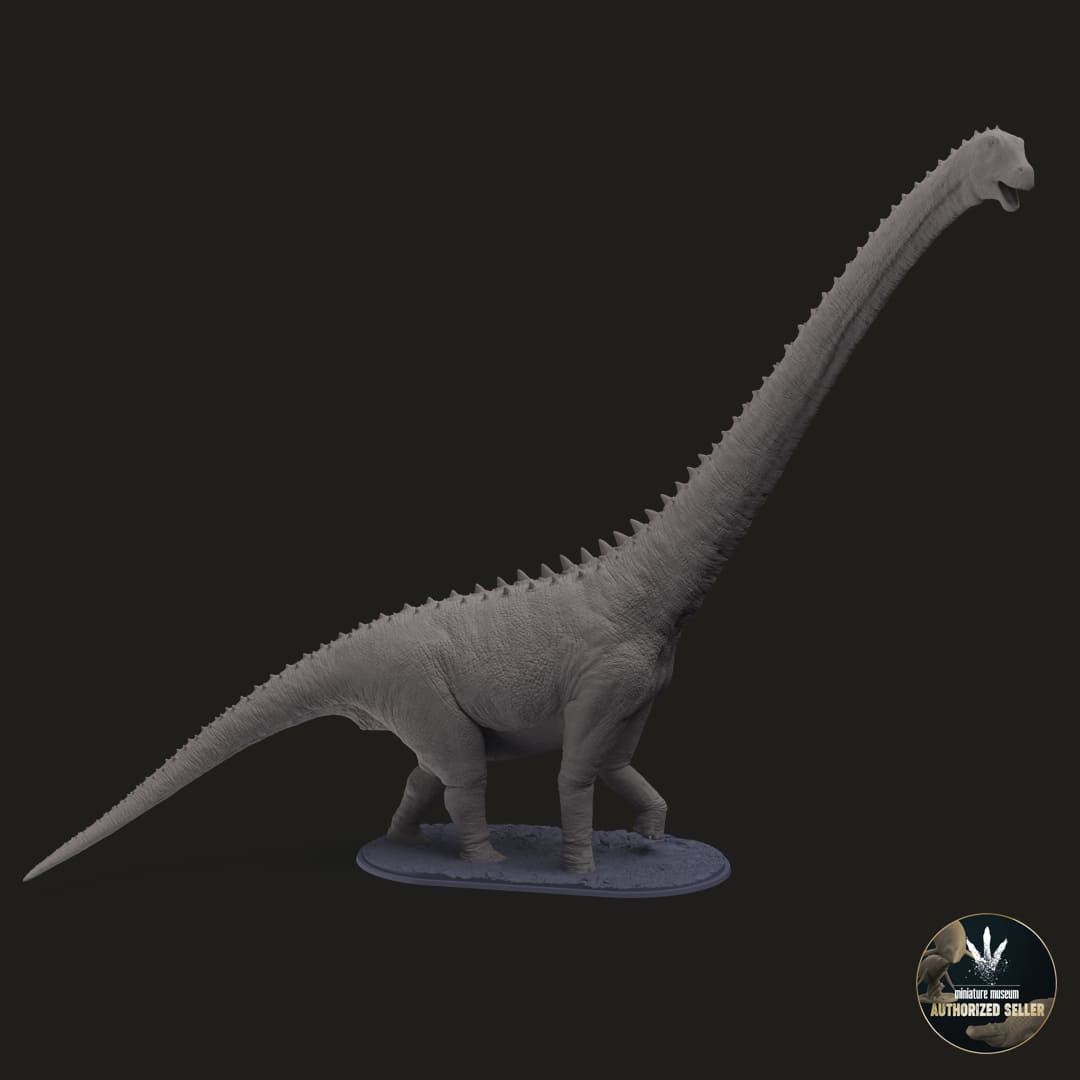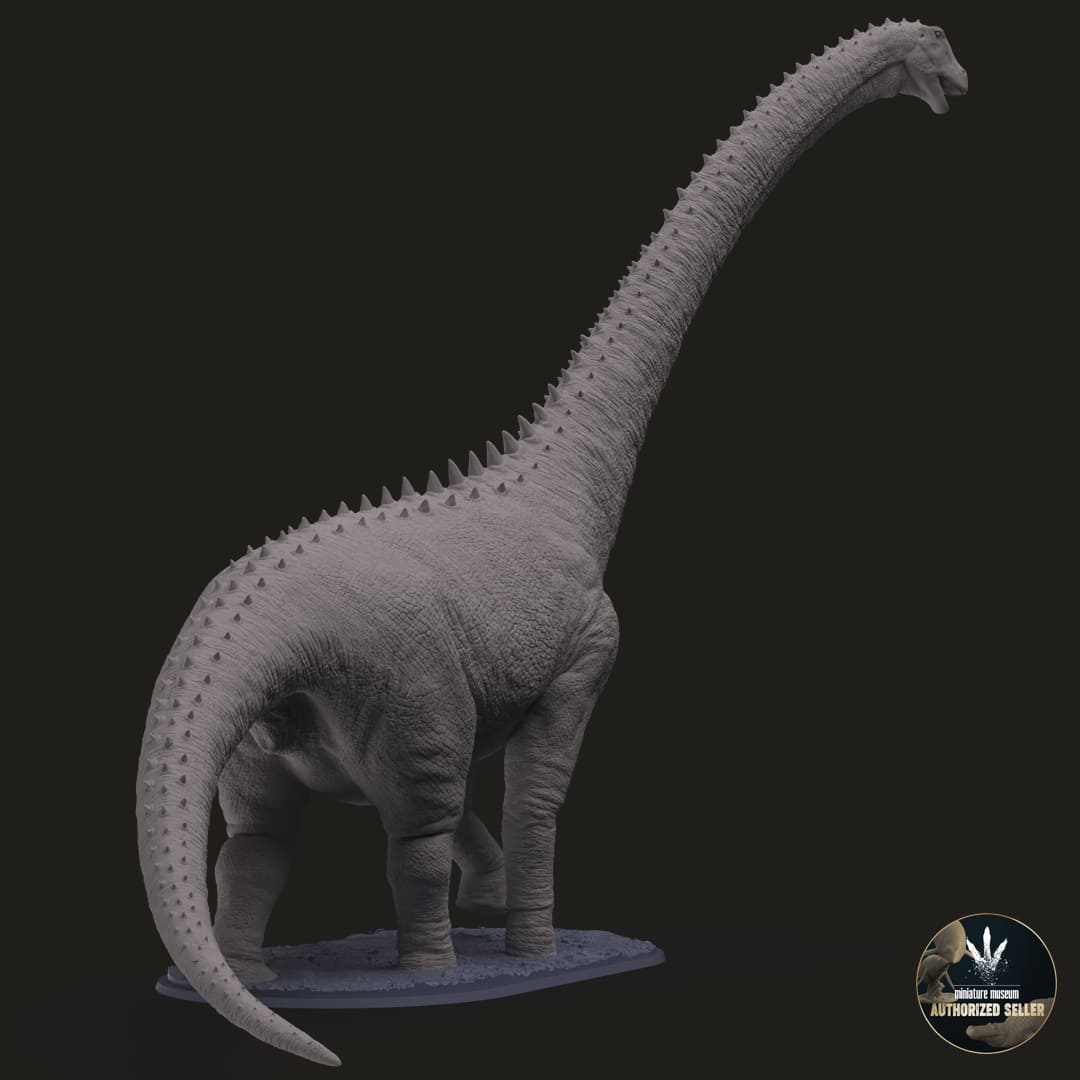




Rapetosaurus krausei
Do you want another scale?
Contact us and we will make it possible!
How will you receive your replica?
In the unprimed and primed variants, you will receive the complete replicas except for the large models, where you will receive an assembly kit.
In the hand-painted variant, the replicas will be delivered complete.
How does the painting service work?
We created a private chat for you where you will have direct communication with our painter , being able to choose your preferred color schemes and follow the hand painting process closely.
Pairs well with

Rapetosaurus krausei
If you have any questions, you are always welcome to contact us. We'll get back to you as soon as possible, within 24 hours on weekdays.
Shipping Information
Visit our shipping policy page to find all the information.
Customer Support
Give us a few details and we’ll offer the best solution. Connect by chat or email.
We are available 24/7.
FAQ’s
Visit our FAQ's page to find answers to common questions.
Contact Us
We'd love to hear from you. We are here to help. Visit our contact page to send us a message.
Product details
This giant herbivore had an anatomy that characterized it as a typical sauropod, with a long and robust tail, a long neck and a voluminous body that gave it an imposing presence. Its skull, reminiscent of that of diplodocids, exhibited an elongated snout and two thin pits at the top, with small pencil-shaped teeth, ideal for tearing leaves from trees.
Although modest in size for a titanosaur, juvenile Rapetosaurus reached approximately 8 meters from head to tail and weighed as much as an elephant, while adults could reach 15 meters in length. However, more recent estimates suggest that adults could have reached 16.5 meters and weighed around 10.3 tonnes.
The discovery of Rapetosaurus revolutionized our understanding of titanosaurs, providing a rare, nearly complete specimen, including a skull, allowing scientists to clarify its classification and better understand its anatomy and behavior. Rapetosaurus fossils were found in the Mahajanga Basin, in northwestern Madagascar, in a Maastrichtian sandstone layer, providing valuable information about the fauna of that time.
The genus name, Rapetosaurus, derives from Rapeto, a giant in Malagasy mythology, and "sauros", meaning lizard in ancient Greek. The specific epithet, "krausei," honors the expedition leader, David W. Krause, whose team discovered the fossils in 2001.
This sauropod not only expanded our knowledge of dinosaur evolution, but also revealed details about the paleobiology of these prehistoric giants. A juvenile specimen discovered provided insight into the growth and development of Rapetosaurus, suggesting that they could survive with little or no parental care and cope with environmental challenges such as the Cretaceous droughts of Madagascar.
Approximate measurements of the Rapetosaurus:
- Scale 1:100 - Complete
- Length 147mm
- Height 114mm
- Snout-tail length 165mm
- Scale 1:57 - 3-piece assembly kit
- Length 258mm
- Height 200mm
- Snout-tail length 290mm
- Scale 1:35 - 3-piece assembly kit
- Length 420mm
- Height 326mm
- Snout-tail length 471mm
Information about aftershocks
Collector's item ; Hyper-realistic replica, highly detailed and with a high degree of scientific precision.
Made to scale, prototyped in resin and with a scenic base in most of the models offered. If you like miniatures, both for collecting and for painting, we offer you a wide variety of scale replicas; All of them related to dinosaurs, extinct prehistoric fauna and current fauna.
So if you love dinosaurs and animals as much as we do, this is your favorite store to collect and paint them :)
We are authorized distributors of all the replicas and figures we offer. We use 3D printers with 8K - 14K resolution, and high-quality resins with additives to improve hardness and flexibility, thus offering replicas of impeccable quality.
Different scales will be used to make the replicas (depending on the size of the species), although we are open to making other suggested scales upon request as long as they fit in our printing trays, for which you will have to contact us via email and request the required size.
Replicas are supplied with the option of airbrush priming in dark grey. If you require another colour, please let us know which one you prefer in the box with special instructions for the seller. Without priming, we do not guarantee that the resin will accept paint.
We also offer the option of choosing a professionally painted replica, which is agreed upon throughout its development with the painter, through a private chat available.
Complete replica (one piece): We supply complete replicas in those models that are small, and models that are medium, large or not very bulky, will have the prerogative of being presented as a complete replica or assembly kit as the case may be.
Complete replicas will be supplied separately from their base.
Replica assembly kit: We supply replicas whose models are large, very large or bulky, only with this option.
The indicated replicas (generally composed of base, head, body and tail) will come prepared for the subsequent assembly that will be required by the client, by sanding, putty, adhesive or technique chosen by the client.
All replicas are thoroughly inspected before shipping and will be carefully packaged to prevent damage during transport.
Information about the models
The poses of the models aim to represent each character in the most scientifically viable way, thus revealing the life and customs of prehistoric and modern fauna.
Each character has its own personality and develops in different life scenarios; birth, adolescence and play, hunting, feeding, fighting, courtship, death and many other scenes from their daily life, always from the creative perspective of their designers.
Handmade
All orders are individually prepared on the cutter for subsequent prototyping, obtaining a resin part that will require post-processing by manual and ultrasonic cleaning, support removal, ultraviolet curing, labeling and packaging.

We are authorized distributors
We offer both our own physical replicas and those that have been modeled by many of the best 3D designers, in order to offer you the greatest possible variety.
Frequently Asked Questions
If you have any questions about products, orders or shipping, please read our FAQ page to learn more.
